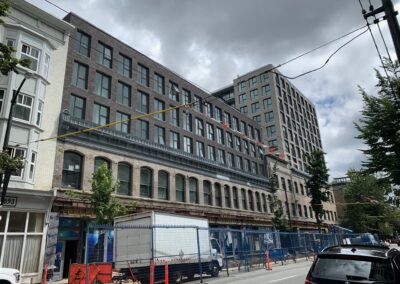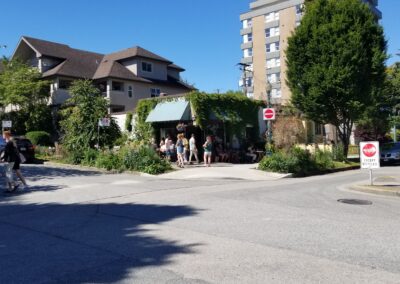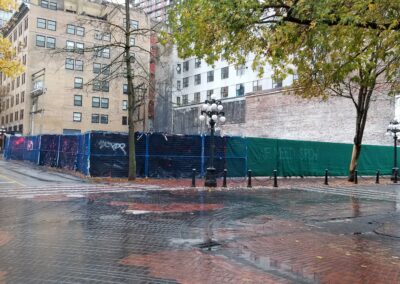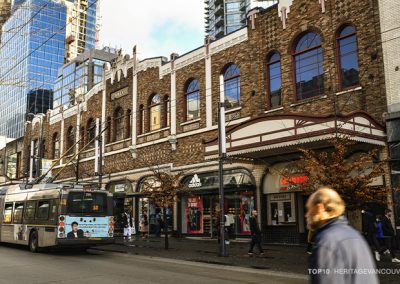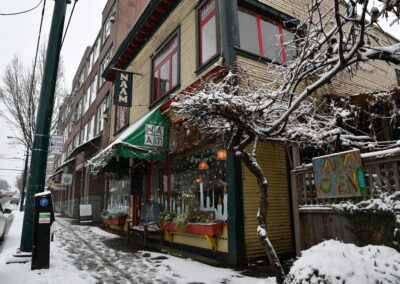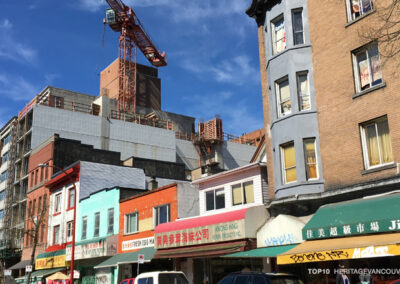The 150 Time Immemorial Fund administered by Heritage BC was a relatively large one-time granting opportunity in 2021. Its purpose in funding projects was to “raise cultural awareness, educate people about our colonial past and its ongoing impacts, advance reconciliation, and promote inclusivity and diversity as a foundational aspect of B.C.’s future.” For those of us working in the sector, the grant and the application process showed how much the heritage sector has been changing and trying to shift the overall context in which to think of different heritages in the past several years.
One of the recipients of the grant was the Japanese Canadian Hastings Park Interpretive Centre Society (JCHPICS). As told by JCHPICS, in 2021, the PNE offered a space inside the Livestock Building to temporarily house an interpretive centre to tell the stories of the Japanese-Canadians who were interned there in 1942 until a permanent centre is built in the future. Part of the 150 Time Immemorial grant will allow the JCHPICS to connect with the Japanese Canadian community on the design, programming and how space is used at the interpretive centre. One of those outreach efforts is this survey here. (It is not necessary to be Japanese-Canadian to fill it out.)
The Livestock Building is listed on the Vancouver Heritage Register and is an “A”, being one of the best examples of Streamline Moderne style. The building was built in two phases beginning in 1929. An addition, designed by McCarter and Nairne (the Marine Building), was built in 1939. Built for the exhibition, the building was intended to hold all the exhibition livestock in a fire-proof facility for visitors from the city to get a glimpse of rural and agricultural life.
At the end of 1941, Canada declared war on Japan. Fearing an attack by the Japanese, the Canadian government in February of 1942 ordered all people of Japanese origins in Canada including those born in the country to be removed and relocated to internment camps. Hastings Park served as the holding facility before Japanese Canadians were moved to permanent internment camps. The Livestock Building, used as a dormitory and a hospital, is one of the few buildings at Hastings Park that remains from this period of history.
The preservation movement started the City’s heritage program and accompanying heritage register to save important historic architectural examples. 17 years ago, we put the Livestock Building on the Top10 Watch List for its architectural significance. Since then, the Vancouver Heritage Foundation has put out a plaque commemorating the Livestock building as a site of internment. Japanese Canadian organizations such the Nikkei National Museum and the National Association of Japanese Canadians have made tremendous efforts to raise awareness for this painful history and to communicate the meanings of places such as Hastings Park.
Diverse heritage values and “a more complete story of the people, places and events that have contributed to the development of British Columbia” were the basis of the Provincial Historic Places Recognition Program which recognized Japanese Canadian Historic Places. Hastings Park was formally recognized in 2017 by the Province and listed on the Canadian Register in August of 2021. The register centres the significance of Hastings Park on the Japanese Canadian experience. The first paragraph describing heritage value reads:
“Hastings Park has historic, cultural, social and aesthetic value through its direct association with the World War II internment of almost 22,000 Japanese Canadians from the west coast of B.C., its relationship to other internment sites across the province, and its association to apology and redress that came later. Hastings Park is provincially valued as a physical testament and reminder of the trauma and fear suffered by Japanese Canadians through the experience of evacuation, internment, the separation of families and repellent living conditions.”
The general public tends to think that the purpose of heritage is to save buildings and curate them. Heritage is not generally thought of as a whole act of connecting historic and/or meaningful places to their stories and to the present and its wider social significance. The heritage sector has traditionally considered success as how many buildings are saved and restored. Comparatively little is discussed about the importance of the ongoing daily work to tell the stories of places and why they are relevant to today. 2017’s “Japanese Problem” that played at the Livestock Building and the upcoming play “Forgiveness” in January 2023 based on the CBC Canada Reads winning book by Mark Sakamoto would normally be seen as separate from the heritage field even though it is not.
From what we heard, the 150 Time Immemorial Grant attracted the attention from people and groups who would not have originally seen themselves as part of heritage work based on the building preservation understanding that is so common.
Partnerships to support those who tell the stories need to be a much larger part of the work heritage organizations like ours that had our origins in the preservation movement.
Support JCHPICS and their work on a interpretation centre. Their survey can be filled out here.
Forgiveness is playing
National Association of Japanese Canadians website is here to learn more about what they do and Japanese Canadian history.
Photo credit City of Vancouver Archives – CVA180-3530
We acknowledge the financial assistance of the Province of British Columbia


